Welcome to Miami, Welcome to Miami, Who doesn’t remember that famous song by Will Smith: “Party in the city where the heat is on, all night on the beach till the break of dawn… Welcome to Miami”. That song reminds us a bit about this charming city. About all it has to offer to locals and tourists alike.
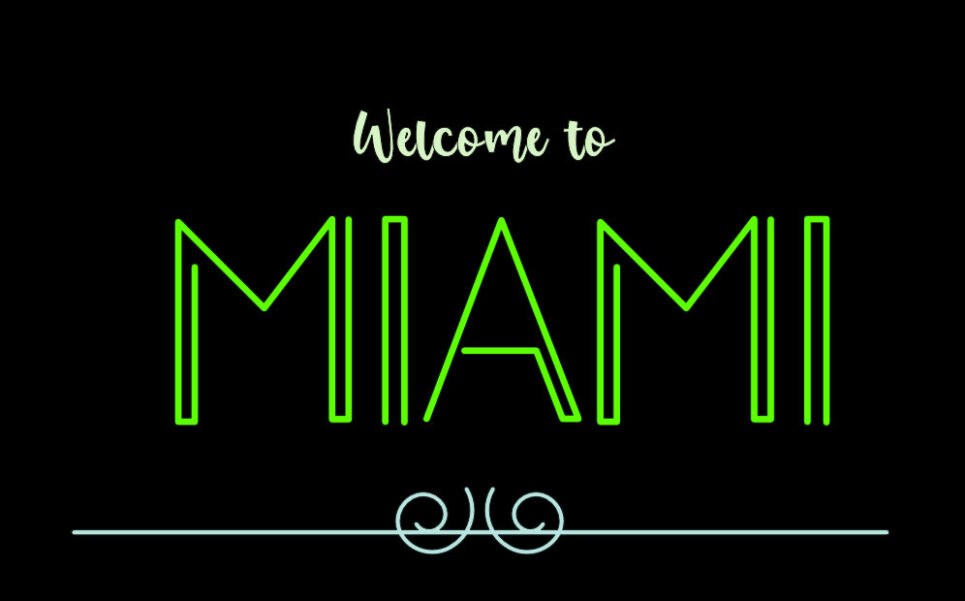
This is a city that never rests, with heat, music, and tastiness. It is a charming city that will dazzle you with its colorful architecture, year-round sunshine, and diverse international culture. It is also known for its sparkling white sand beaches, which wind along the coastline. And while the beaches live up to expectations, they’re not the only thing Miami has going for it.
Getting ourselves situated
As always, the first thing to do is to get our bearings.
The United States is made up of 50 states and one federal district. In the extreme southeast is Florida, which in turn is made up of 67 counties. Miami-Dade is one of these 67 counties and is located in South Florida.
Miami-Dade County is made up of more than 20 cities, towns, and smaller villages. Some of the most important and well-known are Miami City, Miami Beach, and Coral Gables.
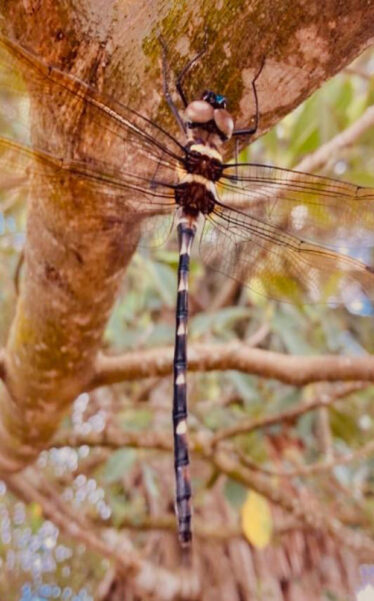
Although Miami Beach is the center of attention, Miami City is the beating heart of this international metropolis.
Downtown Miami is where tourists, locals, and immigrants, especially from Cuba and South America, converge.
Miami is a city located in southeastern Florida, United States, around the Miami River, between the Everglades and the Atlantic Ocean. It was founded on July 28, 1896, and according to the 2014 census has a population of 417,650 people. Miami’s climate is tropical, with hot and humid summers and mild and dry winters.
Here I must digress, the Everglades is a subtropical wetland that is of great ecological importance. The importance lies in the fact that its ecosystem is currently found nowhere else on Earth.
The city is considered more of a multicultural mosaic, a melting pot of cultures, with residents maintaining some or most of their cultural traits.
Miami is a city with a majority of residents of Latino origin, who are concentrated in different neighborhoods. Little Havana is where a large number of Cubans live and Little Haiti, is where Haitians are located. Doral is home to a large number of Venezuelans and Kendall is known as Little Colombia. Allapattah is home to Dominicans, Wynwood has a huge Puerto Rican community, Sweetwater is where many Nicaraguans live and Collins Avenue in Miami Beach is known as Little Buenos Aires.

Miami has the third largest Spanish-speaking population in the Western Hemisphere outside of Spanish America, behind only New York and San Jose (California).
It is one of the cities with a high percentage of Spanish-speaking population, so much so that in May 1993, the Dade County Council (Miami region) decided to authorize Spanish as an official language in the administration.
The port of Miami is home to the largest volume of cruise ships in the world. In addition, the city has the largest concentration of international banks in all of the United States of America.
Miami is located between the Caribbean, Central America, and South America. Because of this location, it is recognized as a key place for events and business. A perfect example was when it hosted the Free Trade Area of the Americas negotiations in 2003.
Why do people love to visit Miami?
The truth is that Miami is the perfect destination for travelers.
Miami continues to be a popular destination for tourists and travelers for its nightlife and partying, architecture, beaches, food, outdoor activities, and sunny and warm weather, among many other things.

Miami is one of the party capitals of the United States, with a variety of restaurants, bars, and nightclubs. But if you prefer something quieter, there is always something for everyone.
South Beach is the heart of Miami’s fun, both day and night. The beach is lined with huge nightclubs that attract international DJs, celebrities, and the wealthy.
Downtown Miami and Brickell can also be great places to spend the night. From skyscraper rooftop bars to swanky hotel lobby bars, downtown bustles from happy hour to the wee hours of the morning.
DT Miami boasts a waterfront promenade on the Atlantic Ocean lined with marinas, and natural and man-made islands.
Although Downtown Miami is the oldest part of the city and its undisputed historic center, there is nothing old-fashioned or outdated about it. It has kept up with the times and is a hip and culturally rich neighborhood, filled with theaters, museums, galleries, event venues, and a surplus of world-class bars and restaurants.
And finally, Coconut Grove, the bohemian spot for more relaxed evenings. There are great waterfront restaurants and bars if you’re looking for a drink without having to deal with crowds of tourists.
ers of South Florida.
Coconut Grove, also known colloquially as The Grove, is an affluent and the oldest continuously inhabited neighborhood in Miami, Miami-Dade County, Florida.
It is home to many special events throughout the year, though the most special might be the annual Coconut Grove Arts Festival.
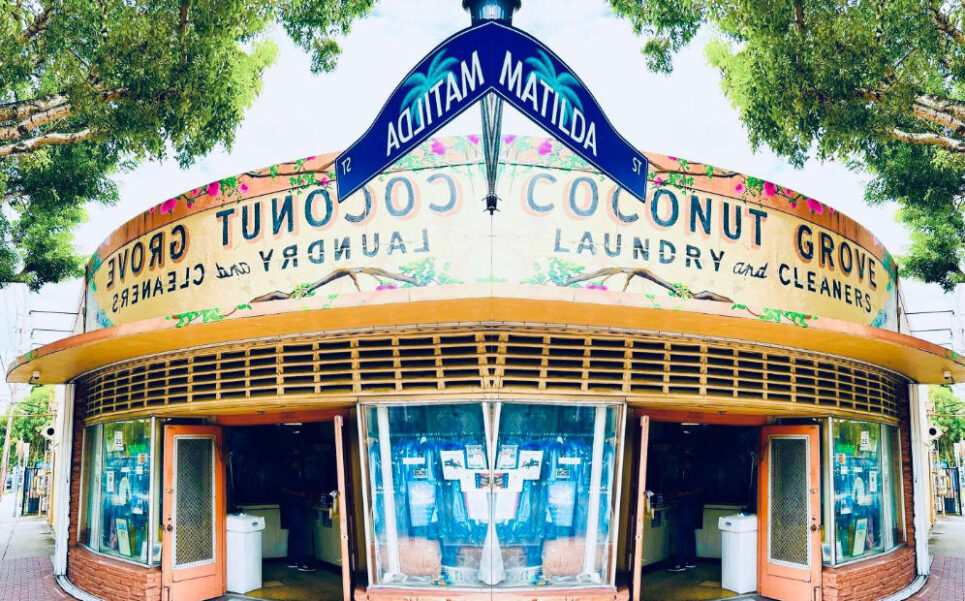
The Grove has numerous restaurants, outdoor and street-side cafes, and several waterfront restaurants and bars. At night, the Grove becomes a nightlife center frequented by locals, young professionals, and tourists.
No matter where you walk in the city, you will inevitably see Art Deco architecture on the streets. Miami has the largest concentration of art deco buildings in the world. A total of 960 buildings are located in the Miami Beach architectural district of South Beach.
Many art deco buildings were designed by Florida architect Henry Hohauser. Among his most notable works are the Essex House Hotel, the Webster, and the Greystone Hotel. His style is characterized by curved edges, stepped roofs and colorful neon lights.
One of its most iconic buildings is the Colony Hotel on Ocean Drive. Although its nearly 100-year history is stained with blood and violence, it is now famous for being a Hollywood movie set. You may recognize the building from Scarface or Miami Vice.
The Cardoza South Beach is another ostentatious 1930s art deco hotel. Although it underwent a multi-million dollar remodel in 2015, it still retains its historic charm and colorful architectural exterior.
In addition to the hotels, you can also admire the Miami Beach Art Deco Post Office, the Colony Theater and the Base Museum.
Outside the city limits and the beaches
It’s easy to spend weeks in Miami without getting bored. However, it’s worth venturing outside Miami’s city limits on a road trip to explore some fascinating offshore islands and towns.
Palm Beach is Miami’s swanky cousin. It’s dotted with multimillion-dollar villas, upscale restaurants and miles of pristine coastline. You can also spend the day in nature at Jonathan Dickinson State Park or Hobe Sound National Wildlife Refuge.
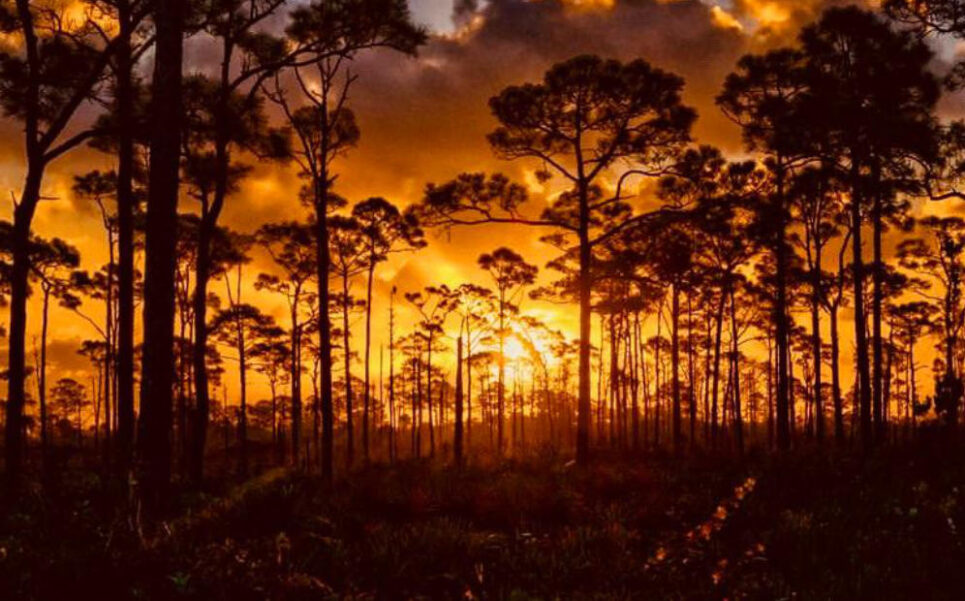
Jonathan Dickinson State Park Sixteen features distinct natural communities create the largest state park in southeast Florida.
The park is named for Jonathan Dickinson, a Quaker trader who was shipwrecked in 1696 with his family and others off the coast of Florida. He wrote a journal describing his encounters with local tribes and his journey up the coast to St. Augustine.
It is filled with unusual environments such as coastal sand hills, mountain lakes and scrub forests, as well as the pristine Loxahatchee River.
Hobe Sound National Wildlife Refuge, on the other hand, is a refuge located on Jupiter Island, Florida.

Part of the refuge is within the town of Jupiter Island, while the rest is in the unincorporated areas of Martin County. The 4.19 km2 refuge was established in 1969 to protect loggerhead and green turtles.
South of Miami is Key Largo, a diver’s paradise. The shallow waters and vibrant coral reef system are home to tropical fish, exotic marine life and even a couple of shipwrecks.
Although it’s a bit far for a day trip, Key West is an excellent weekend getaway for those visiting Miami. If making the 3.5-hour drive is too much, Key West can also be reached by plane or boat.
From Miami you can also cross the international border to the Bahamas. Many people visit for a few nights, but you can also take a day trip to the islands for a couple of hours if you are short on time. The ferry from Miami only takes about 3 hours each way.
Miami may be known for its beaches, but it also has several parks where you can immerse yourself in nature. The most famous is the Everglades National Park in the southern tip of the state.

You can try hiking through the wetlands. You can also take a trip to Oleta River State Park, the largest urban park in the entire state of Florida. It’s just 30 minutes from the city and features more than 1,000 acres of beaches, marshes and Australian pine forests.
Now, many people would say that the best beaches are in Miami. If it’s sun and surf you’re looking for, you’ll have no trouble finding a place to spend the day. However, there are many different types of beaches for all types of travelers.
Dog beaches, party beaches, family beaches… Miami has them all.
South Beach is probably the first beach that comes to mind when you think of Miami. This legendary stretch of white sand and turquoise waters sits right on the edge of Ocean Drive. In addition to the art deco buildings on the block, you’ll also find upscale restaurants, boutique stores and plenty of outdoor cafes.
North Beach is quieter, making it an excellent destination for families. It is adjacent to North Beach Oceanside Park, with walking trails, a dog park and several picnic pavilions.
Crandon Beach Park is another idyllic place to spend the day. It is known for having some of the clearest and bluest waters in Miami, making it perfect for a day at the beach.
Miami Beach and Biscane Beach
It is necessary to talk a little bit in detail about these places. Let’s start by saying that Miami Beach is the image most people have when they think of Miami, and it is the busiest area of the city, where tourists gather in search of sun and beach.

Miami Beach Island is connected to Miami proper by five elevated highways. One of the main ones is the MacArthur Causeway, which connects Miami’s urban center to South Beach. Crossing the MacArthur Causeway are several bridges connecting Palm, Hibiscus and Star Islands, all of which are lined with mansions and yachts of the rich and famous.
The two large islands south of Miami Beach, Dodge Island and Lummus Island, together form the Port of Miami, the largest cruise port in the world.
Through the Julia Tuttle Causeway, you can get from Miami to the north of Miami Beach. Here there are many residential complexes and shopping centers.
Some of the most beautiful areas of North Miami Beach are Surfside and Sunny Islands.
South Beach is the most characteristic neighborhood of Miami. Located south of Miami Beach, between 5th and 41st Streets, the South Beach neighborhood has hundreds of art deco buildings, entertainment parks and beautiful people (Ocean Drive) and some of the most famous beaches in Miami.
South Beach is the most interesting and attractive part of Miami.
Lincoln Street is located in South Beach, between 16th and 17th Streets. Lincon Road has more than 300 restaurants, cafes and fashion boutiques.
Years ago, Miami Beach lacked shopping areas, so its residents had to go to the city itself to do their shopping. That’s when Carl Fisher decided to create “Fifth Avenue South” on what, at the time, was little more than a dirt road in a mangrove swamp. The fact that it was below sea level was not a problem, as it was filled in with sand from Biscayne Bay, and once paved, apartments of many major brands began to spring up in the area, gracing it with great prestige.
Lincoln Road is one of the few pedestrian streets in Miami, making it a charming place to simply stroll among its palm trees, do some shopping or take a break on one of its terraces.
Culture
Greater Miami & Miami Beach is a premier arts and cultural destination that will inspire and captivate you with its energy and contemporary vision.
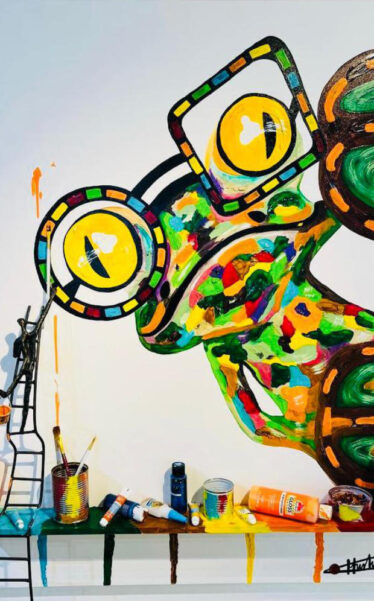
Every year in early December, the international art fair Art Basel Miami Beach draws thousands of artists and collectors to our shores.
The week surrounding it-Miami Art Week-is packed with satellite fairs, art exhibitions and other events showcasing local artists.
Throughout the year, the destination’s dynamic gallery scene encompasses renowned, thought-provoking and emerging artists.
Galleries abound in areas such as the Miami Design District, Allapattah, Little Haiti, Downtown Miami and South Beach.
In the Wynwood Arts District, a kaleidoscope of works by innovative artists can be seen throughout the neighborhood and at Wynwood Walls, an open-air museum dedicated to street art.
In downtown Miami, the Pérez Art Museum Miami (PAMM) is a must-see for its impressive collection of contemporary art from the Americas, as well as its stunning architecture by Herzog & de Meuron, with Biscayne Bay as a backdrop.
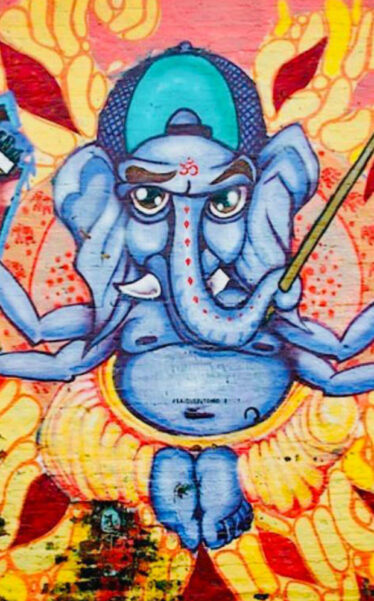
The science and history museums of Greater Miami and Miami Beach open up new worlds to explore.
At the Phillip and Patricia Frost Museum of Science in downtown Miami, you can visit the 500,000-gallon planetarium and aquarium.
Across Biscayne Boulevard, the Freedom Tower is the ideal place to learn about Miami’s Cuban diaspora.
The historic building also houses Miami Dade College’s Museum of Art and Design (MOAD).
One of the most charming places downtown is the outdoor plaza of the Miami-Dade Cultural Center, an oasis of calm where the South Florida Historical Museum and the Miami Art Museum are located.
Bayside Marketplace, a shopping center located on Biscayne Bay, is probably the liveliest area of downtown, with a great atmosphere seven days a week.
About the art deco scene
Let’s start by saying that Art Deco is characterized by sharp geometric shapes, vibrant pastel colors and smooth, streamlined forms. Sometimes referred to as “tame cubism,” the movement was born in France in the 1920s and became popular in the United States in the 1920s and 1930s. Two famous Art Deco buildings you may already be familiar with are the Chrysler Building and the Empire State Building in New York.
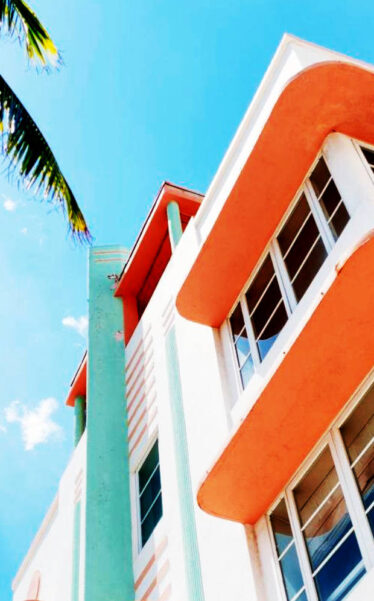
The Miami Art Deco District is an American historic district located in the South Beach neighborhood of Miami Beach, Florida. Many people know it as the place where Italian fashion designer Gianni Versace, who was murdered by Andrew Cunanan, lived in a mansion on Ocean Drive. This district contains 960 historic buildings.
This historic district is home to the largest collection of Art Deco buildings in the world. Most of these buildings were built between the Great Depression and the early 1940s.
But, going into detail, Miami’s Art Deco wealth can largely be attributed to one man: automobile magnate Carl Fisher. In 1910, Fisher first traveled on vacation to the rat- and mosquito-infested swamp that was Biscayne Bay.
Where others saw only swamps, Fisher saw a future getaway destination and, naturally, a great investment opportunity. So he soon got to work draining the bay.
Fisher knew that to attract other wealthy automobile tycoons he hoped would join him in what would become Miami Beach, he needed the place to look stunning, and in the 1920s, that meant art deco.

Fisher sought out and hired architects Henry Hohauser and Lawrence Murray Dixon to lead the mammoth architectural project. And although the pair and their team would go on to design some of the most iconic buildings of their time, the appeal of art deco, and subsequently Miami, faded over time, as fads are wont to do.
Miami Beach went from being the playground of the rich and famous in the 1930s and 1940s to becoming, by the late 1960s, a favorite destination for retirees.
However, Miami’s art deco buildings experienced a massive renaissance in the late 1970s, when the Miami Design Preservation League was created.
Some of the most recognizable buildings are: Amsterdam Palace (1930), Victor (1937), Tides (1936), Carlyle (1941), Cardoza (1939), Netherlands (1935) and Winterhaven (1939).
In 1979, Miami Beach’s mile-long Art Deco district became the first 20th century urban historic district to be listed on the U.S. National Register of Historic Places.
Completed for the time being
Miami, Florida is the third most populous city on the east coast of the United States and the seventh most populous city in the country. What exactly makes Miami such a popular destination?
There are many things that make Miami a special place, such as its beautiful beaches, warm weather, exciting nightclubs and stunning art deco architecture. Here are some things you should know about Miami and why it should top your list of must-see destinations.
For Miami residents, life must sometimes feel like a full-time vacation. Along Ocean Drive, the bright pink and yellow Art Deco buildings stand out against the blue backdrop of the Atlantic Ocean. On Calle Ocho, the smell of freshly baked croquetas wafts through the air. The sound of Latin music invading the streets turns every corner into a dance floor.
Miami is a destination of culture, art, gastronomy and, of course, world-famous nightlife, there are countless reasons to visit Miami. So, welcome to Miami!


